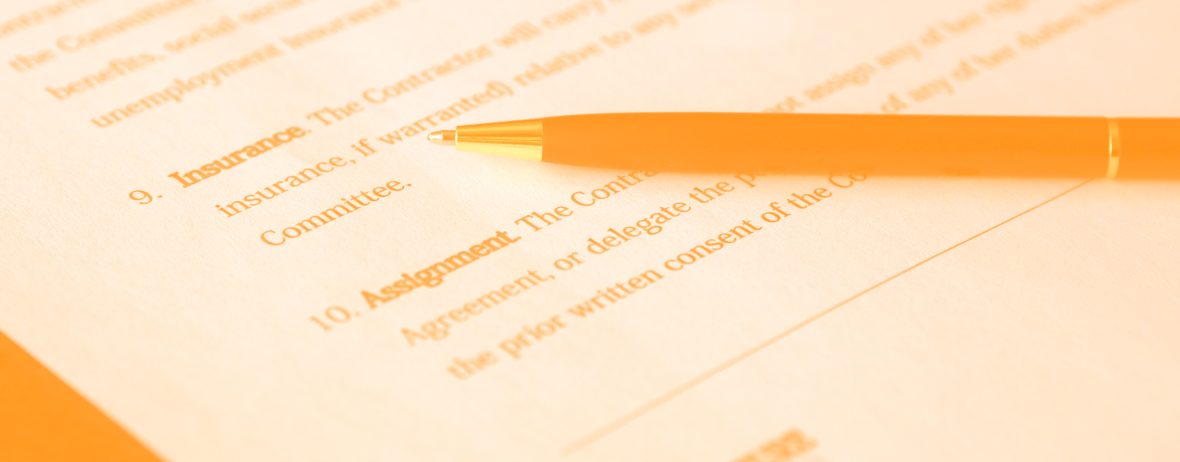The Digital Markets Act (DMA), signed into law by the European Parliament and EU Council in September 2022 and set to become applicable in the spring of 2023, is intended to facilitate competition among companies operating in the European digital market by curbing undue influence and abuse from the market’s largest players, and by allowing new players to enter the fold. The DMA and its sister regulation, the Digital Services Act (DSA), together form the Digital Services Package, and seek both to build a safer digital space for users and a fairer space for online businesses.
The act will impose a series of obligations on a small number of large online platforms that act as “Gatekeepers.” The DMA uses particular quantitative thresholds to assign Gatekeeper status, including a market cap of at least 75 billion Euros (81.7B USD) and an average of 45 million monthly active users (MAU). The DMA seeks to target specifically those “core platform services” who enjoy or will soon enjoy an “entrenched and durable position” in the market – this includes “strong network effects, the ability to connect many business users with many end users” and “a significant degree of dependence of both business users and end users.” Currently, “core platform services” include but aren’t limited to online search engines, social networks, app stores, video sharing platforms, communication services, advertising services, virtual assistants, and web browsers. What are called ‘Emerging Gatekeepers’ may also be designated – defined as those on a very clear path toward ‘entrenched and durable positions’ – with the European Commission having discretion over the scope of obligations to be applied to this category as compared with the primary Gatekeeper category.
The DMA aims most fundamentally to level the playing field in markets where such Gatekeepers exist, with the ultimate goal of increasing competition for operators and choice for end-users. The idea is effectively to hedge against the kinds of abuses and imbalances that have historically required antitrust enforcement to correct by putting forth a series of defined dos and don’ts from the outset. Gatekeepers are not currently named, but it seems certain that Google, Amazon, Apple, Meta, and Microsoft will be top among them.
Obligations put in place by the DMA will center on a variety of topics including but not limited to data collection, aggregation, and portability; protections for Gatekeepers’ business users (namely publishers and advertisers); product bundling regulations; device neutrality rules; and prohibitions on preferential results for platforms’ own services (“self-preferencing”).
So. What does the DMA mean…
For Gatekeepers?
A series of rules and regulations requiring, in certain cases, large-scale operational changes. Ostensibly diminished power. Primarily impacting Big Tech.
For Businesses?
More power with respect to the Gatekeepers; theoretically, more transparency and a contestable market.
For Consumers?
More choice, increased data protections, and the benefits of interoperability and data portability.
The DMA’s objective is a lofty one, and will likely take considerable time and effort to achieve – if it can indeed be achieved; it’s not unlikely that there will be a mix of outcomes for different services. To what extent Big Tech Gatekeepers must overhaul their strategies remains to be seen. And, of course, questions remain surrounding the effectiveness of the DMA where no global consensus exists on the right approach toward the imbalances it seeks to correct.




